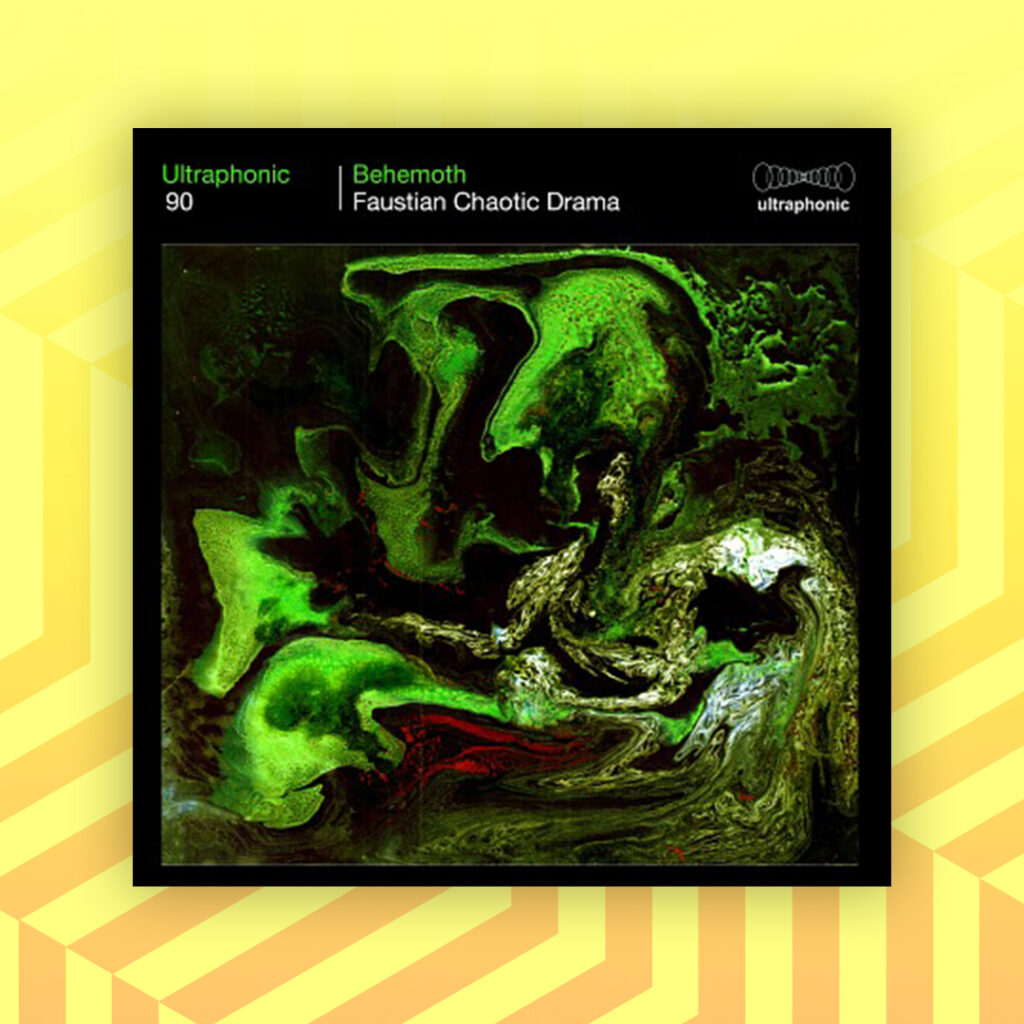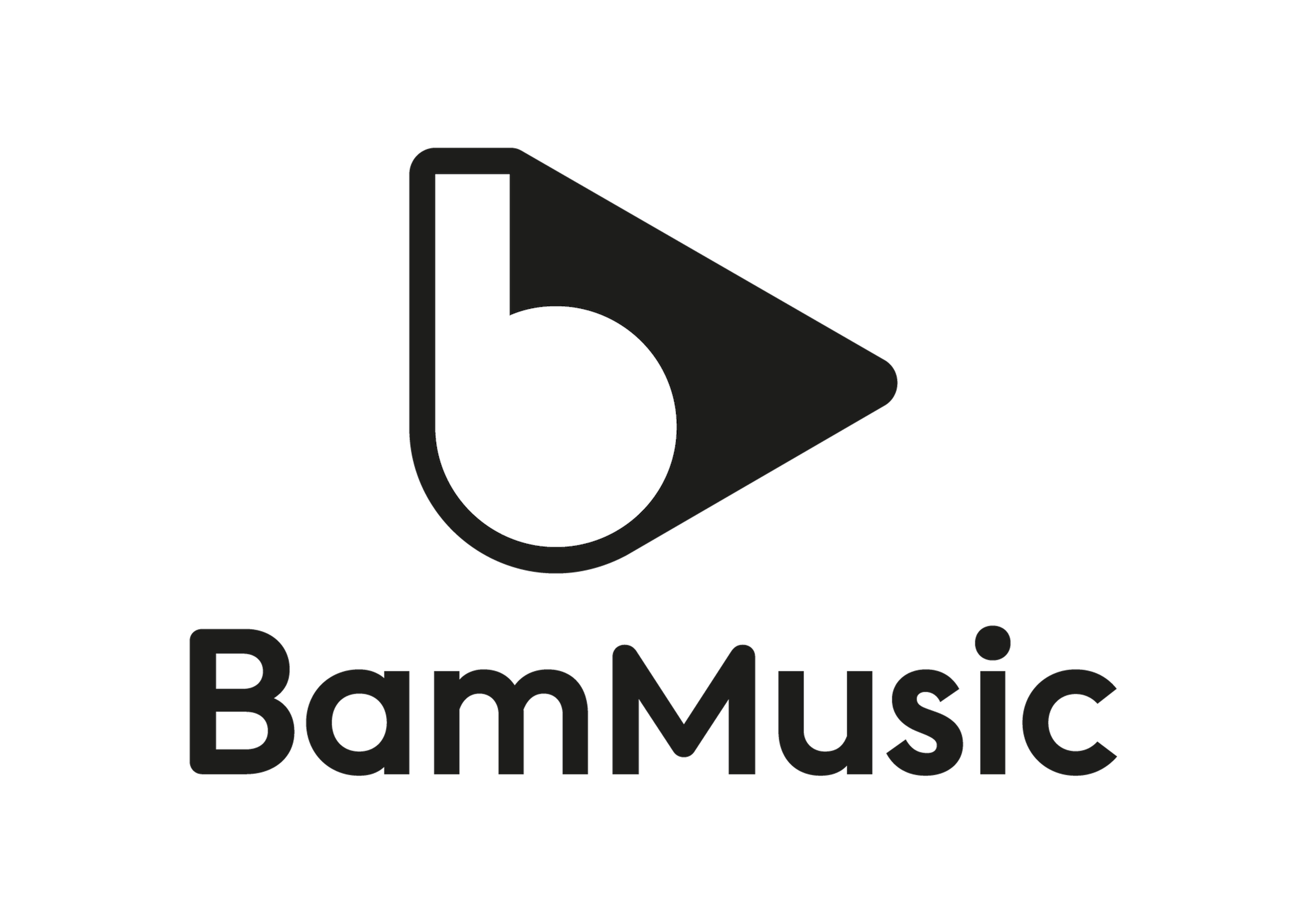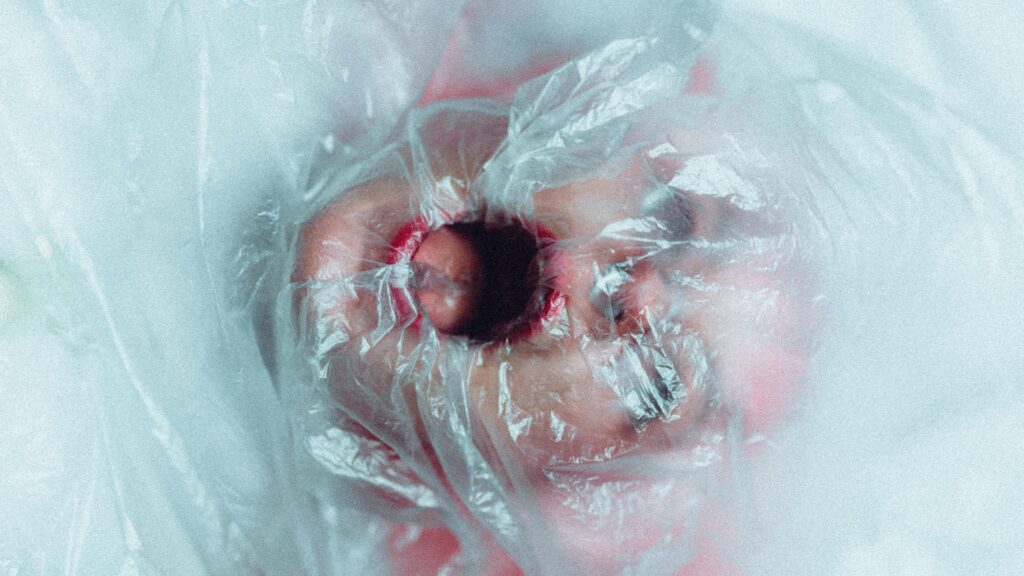In the spirit of Halloween, we have set out to define the future of horror score. Why? Because horror is coming to life all around us, whether we are binging on some old cult classics like The Evil Dead, relishing in the abundance of true crime and murdery mystery podcasts on demand, fangirling over readaptations of oldies like The Haunting of Hill House, or diving into in the growing pool of social thriller and comedy horror flicks like Get Out.
With our increasing obsession for murder-mystifying, stomach-turning, and nightmare-invoking material, horror is getting more inventive by the day. And, with it, the critical choice of music to accompany it. We may be biased, but it’s a choice we happen to think is make or break. So, between Montreal, Paris, London, and Los Angeles, we’ve come up with what we believe are the next trending approaches to horror soundtracks. Here’s what we think!
The future of horror score according to our French Team
Our BAM France and Canada teams both promote electronic music as the way of horror’s future. But there’s some distinction between them. Pierre in Paris envisions the use of Stress by French electronic duo, Justice, as the perfect example for a horror scene. “This classic track is to me what could redefine horror movie scores. Make something new with the good, old fashioned tricks”. So, what you’re saying is, recreating John Carpenter on acid and adding a slight touch of techno? Exactly what the French team is calling for, as this style “would sound less cliché and avoid the ‘déjà vu’ feeling.”
What does Team Canada think the future holds for horror entertainment music?
The Montreal team hails electronic mashups and remixes of classical music. Maud says, “think rave, psychedelic re-workings of classical standards”, such as in the main title of A Clockwork Orange, Purcell’s Music for the Funeral of Queen Mary. Where else do we hear classical music in horror? Well, of course in some of our black and white favorites like the 1962 film Cape Fear. Unsurprising that the music in the new series Ratched should sound familiar. It borrows from the cues and instrumentation of its 80-year predecessor, and uses Gerhardt’s striking Danse Macabre Op. 40 for the main theme opening titles. Looks like classical isn’t dead after all, and we’re just throwing it out there that Justice could probably crush a Gerhardt remix for an epic horror sound.
The perfect horror score from our UK Team
Our London-based UK team is all over the use of hip hop in horror. Specifically, the technique of using one hip hop classic as a repeated motif, being reimagined in different ways throughout the story. Jaime gives the example of Jordan Peele’s 2019 psychological horror Us. In the film’s opening scene, the protagonist’s family is driving to their new home with the hip hop classic I Got 5 On It on the radio. “The tone is light, and we’re seeing the family at their best” explains Jaime. But as the storyline progresses into its chilling fruition, the track reappears adapted into a dark, orchestral tone. “I love how the later use of this version of the song portrays the descent into madness as the film tonally progresses.”
You’re not alone, London! The internet is filled with orchestral covers of hip hop classics, like the impressive orchestrations of Polish composer and beatmaker JIMEK. Certainly, hip hop and horror are no strangers, but we are fully behind those string-section adaptations, on the dark side obviously.
The USA Team’s take on the future of horror soundtracks
Last but least is my home team, the USA. Our take on horror score is that the future might actually be the past–returning to household oldies and vintage standards. The vintage sound selection in horror might be considered a successful regressive trend from the new horror genre that is American Horror Story (using songs like the Preservation Hall Jazz Band’s That’s It! in the lineup). AHS’s recent younger sister, Ratched, is a prime example of the increasingly popular off-horror, psychological thriller genre. The new series slinks across the screen with songs like Big Spender and Moonlight Serenade.
Did you recognize Smile in The Joker, or Dance and Angela in the Sharp Objects opening credits? While unorthodox horror like Ratched, they are great examples of the popularity for juxtaposing pleasant sounds with dark and grim images, particularly within this genre of film and TV. So, not as futuristic as we might think. But imagine now also reaching into those oldies soul or vintage country songs from your parents’ record player. Imagine for a moment: Crazy by Patsy Cline for a gruesome scene involving a jealous ex-lover in a murderous rage; Mack the Knife by Bobby Darin to set the tone for a Ted-Bundy-esque sociopath story; or maybe Lovely Day by Bill Withers plays on the car radio while an obsessive stalker drives away his bound victim. Chilling.
What can we expect?
So what does BAM Music predict the future of horror score to be? Across the board, we have several different ideas of cool and unusual approaches. But we can agree that there seems to be no one, correct way of the future (or past) from what we are seeing, hearing, and envisioning in horror. If we had to illustrate the right use of both routes emerging from the teams – futuristic and new genre, & retro touch – it would be with the following two albums, Behemoth from Ultraphonic and Dark Tension from Float Music. Because if we would dare to use the famous quote from French Chemist, Antoine Lavoisier, “Nothing is lost, nothing is created, everything is transformed” – and music is somehow all about chemistry, isn’t it ?

P.S. Want more? Check out our Ominous and Eerie playlists on BAM Music!







